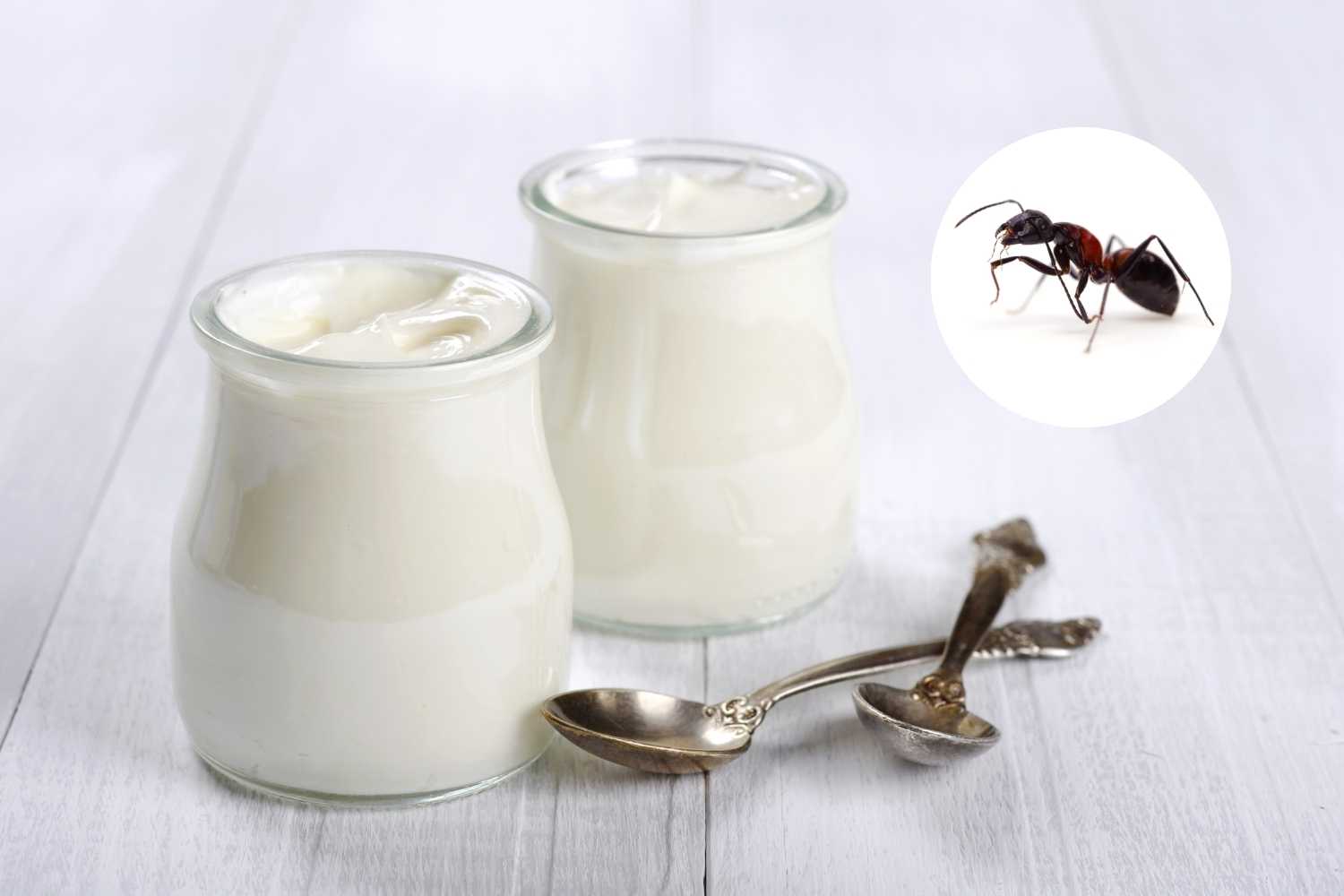Scientists revive an ancient Balkan recipe: four red ants in warm milk create a surprising yogurt. The discovery reveals how our ancestors used microbial biodiversity to create truly unique fermented foods.

Table of contents
There’s a jar of fresh milk, warm, with four live ants swimming inside. The jar is covered with gauze and buried in an anthill, left overnight, and the next morning the milk has curdled. It has a tart flavor with herbal notes, reminiscent of butter from pasture-fed cows. Here’s ant yogurt, served.
It sounds like the plot of an outlandish culinary reality show, but it’s real science. A group of researchers has brought back to life a forgotten practice from the Balkans and Turkey, where red wood ants were used to ferment milk. The study published in the journal iScience doesn’t just tell a folkloristic curiosity: it demonstrates how our ancestors had access to a microbial universe much richer and more varied than what we know today.
An ethnographer and a lost recipe
Sevgi Mutlu Sirakova, a doctoral candidate at Ludwig Maximilian University of Munich at the Rachel Carson Center for Environment and Society, is where the story begins. Raised in Bulgaria, she had heard relatives talk about a strange recipe: yogurt made with ants. It seemed like a simple legend, yet the elders from her native village, Nova Mahala, insisted. Those ants, Formica rufa to be precise, really knew how to transform milk.

@cell.com
So Sirakova convinced some fellow scientists to accompany her. They followed the instructions from the locals: four whole ants in a jar of lukewarm milk, buried inside an anthill to keep it warm overnight. By morning, the milk’s pH had dropped to 5 (industrial yogurt reaches about 4.2). The milk had coagulated, a sign the experiment had succeeded.
The microscopic orchestra inside an ant
What exactly happens when you immerse ants in milk? Red wood ants produce formic acid, which can make up to 10% of their body weight, an acid that immediately lowers the milk’s pH, creating the necessary acidity to coagulate proteins and thicken the yogurt. And that’s just the beginning!
Ants host lactic and acetic bacteria in their bodies, including Fructilactobacillus sanfranciscensis, the same microbe that gives sourdough bread its characteristic flavor. When ants enter the milk, these bacteria transfer and begin to multiply, producing lactic and acetic acid that ferment the milk.
Then there’s a third element: ants and their microbes secrete protease enzymes, which break down milk proteins. These enzymes help create different textures, bringing the final result closer to fresh cheese or mascarpone. It’s a three-layer system: formic acid, fermenting bacteria, proteolytic enzymes, creating what appears to be an extraordinarily complex biochemical orchestra.
Only live ants work
The researchers also tried frozen or dehydrated ants. No luck. Only live ants managed to create the right microbial community to obtain stable and pleasant yogurt. Dead insects instead favored the growth of Bacillus spores and other unwanted bacteria.
This aspect raises a food safety issue, because live ants can carry parasites, so precautions are needed: the researchers used microbiological-grade sieves to eliminate potential risks before having diners taste the yogurt. It’s definitely not a recipe to try at home without proper expertise.
From laboratory to Michelin star
To test the culinary possibilities of this prehistoric yogurt, the team collaborated with Alchemist, the famous two-Michelin-star restaurant in Copenhagen celebrated for experimental cuisine. The chefs created three preparations: an ant-shaped ice cream, goat cheeses with a pungent flavor similar to aged pecorino, and a clarified cocktail with “milk wash,” a technique dating back to the 18th century.
The most interesting aspect isn’t the gastronomic spectacle, but the lesson about lost biodiversity. As Leonie Jahn from the Technical University of Denmark explains, modern yogurts are produced with just two bacterial strains, while traditional ones possessed much greater biodiversity, which changed based on location, families, and seasons, bringing more flavors, textures, and personality.
Memory and innovation
We may never see ant yogurt on supermarket shelves, because European regulations on “novel foods” and concerns about species conservation make commercial production unlikely. However, the study has value beyond the recipe: it reminds us that our ancestors didn’t have refrigerators, sterile laboratories, and selected bacterial cultures, yet they knew how to exploit the surrounding environment to create fermented food that was safe and nutritious. They used ants, leaves, bark, trusting in the invisible, like bacteria living on insects, or spores carried by the wind.
Who knows, maybe one day, instead of asking whether you prefer Greek or Icelandic yogurt, they’ll ask you: “Red ant or black ant?”
